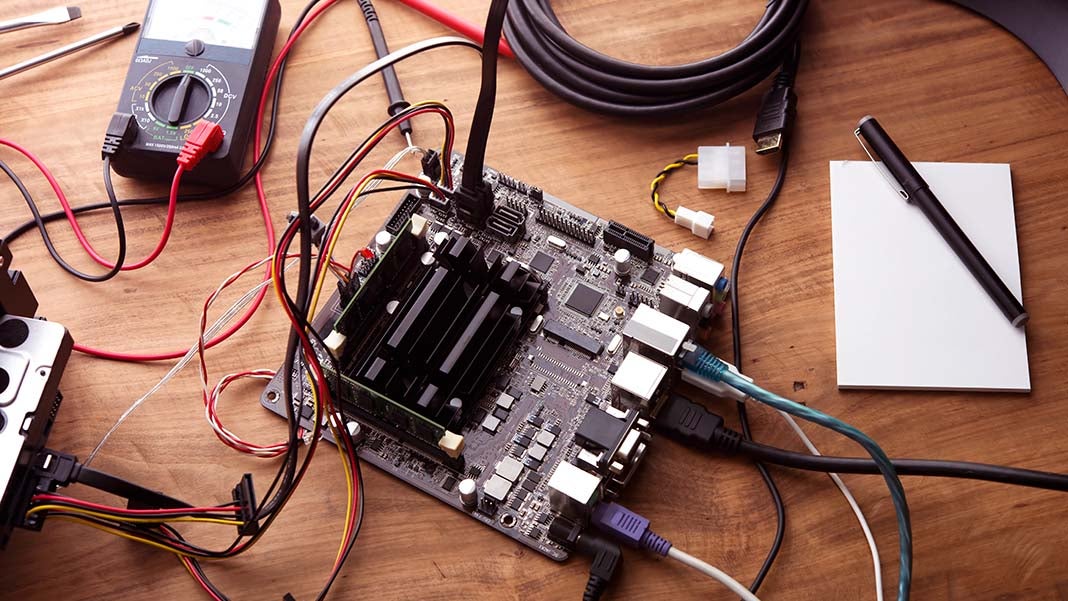6 Ways a Prototype Will Enhance Your Startup Idea
By: Marty Zwilling

These days, everyone wants to be an entrepreneur, pitching their latest and greatest new idea, and looking for someone to give them money. Angel investors, like me, have long figured out that asking to see the prototype is a quick way to separate the ‘wannabes’ from serious players. Talk is cheap, but entrepreneurs who show you a working model of their idea know how to execute.
In reality, it doesn’t take a huge investment of money and time to build a prototype today. If it is hardware, look for one of the ‘makerspaces’ such as TechShop, with all the tools you need to make almost anything yourself. Software products and apps can be quickly wireframed with free tools such as MockFlow, or even Microsoft Powerpoint to lay out the key screens.
Related Article: How to Launch Your MVP Faster and Smarter
Here are six results that you can achieve by building a prototype, which are really the reasons that investors and partners will give you a whole new level of credibility as they evaluate your startup for potential funding:
- Something you can touch and feel helps validate opportunity. When you wave your arms and describe your future product, everyone sees what they want to see, and it looks great. With a realistic prototype, you can get more accurate feedback from customers on their real need and what they might pay, before you invest millions on the final product.
- Quantify the implementation challenges. Many ideas I hear sound great, but I have no idea if they can be implemented. Building a prototype at least allows both of us to ask the right questions. Visions and theory are notoriously hard to implement. A prototype has to be real enough to be convincing, without looking like science fiction.
- Give yourself time to pivot without dire consequences. It doesn’t matter how certain you are of your solution, it’s probably not quite right. Every entrepreneur has to deal with the realities of constant change in today’s market, and it’s much easier to pivot the pre-production prototype than to dispose of unsellable inventory.
- Show investors that you are committed, and past the idea stage. Without a prototype, most professional investors won’t take you seriously. In reality, the process of designing, building, and validating a prototype does dramatically reduce the risk, and allows everyone to hone in on the real costs of going into production.
- Reduce the time to production and rollout. For both software and hardware technology, multiple iterations are usually required to achieve production quality and performance. Time is money, and may be your primary competitive advantage. Don’t spend your whole development budget, before finding that you need another iteration.
- Support early negotiation with vendors and distribution channels. A three-dimensional prototype is always better than just a documented specification when negotiating contracts for manufacturing, support, and marketing. As a startup, you need all the leverage you can get.
If you are not comfortable or skilled enough to build a prototype yourself, it’s time to find and engage a co-founder who has the interest and background to at least manage the work. You should never outsource the management of your core technology. At worst, maybe you can find a trusted friend to guide you, or a nearby university with expert professors and the proper tools.
Of course, there are many commercial resources available on the Internet, including the Thomas Registry, which is an online database of 650,000 specialty manufacturers, distributors, and prototype developers, across every state and country. There are also a wealth of invention support sites, such as InventorSpot and IntellectualVentures.
Unfortunately, working with any of these outside services is hard to manage, risky in results, and some have developed a reputation for taking advantage of unsuspecting entrepreneurs. The amount of money you spend on their services is never an indication of potential success. There is no magic formula for success while inventing. Proceed with your wits about you.
Overall, building a prototype is still a great way to bring your idea to life, for yourself, your team, investors, and future customers. Your target cost expectation should be one-tenth of the total commercialization cost, with the assumption that it will be throw-away. Even still, I can’t think of a better way to validate your solution early, and get credibility with the people who count.












